How to brew Japanese teas
Japan has a long and loving relationship with tea. Brought over from China in the 9th century, Japan cultivated its own tea trees and developed new flavours, which have in turn created a deep-rooted tea culture in the Japanese. Today, Japan has a wide variety of teas available. From the widespread sencha to tea made from seaweed, we’ve got a list of Japanese teas that Japan has to offer, and a few ways to brew them.
1. Matcha (抹茶)
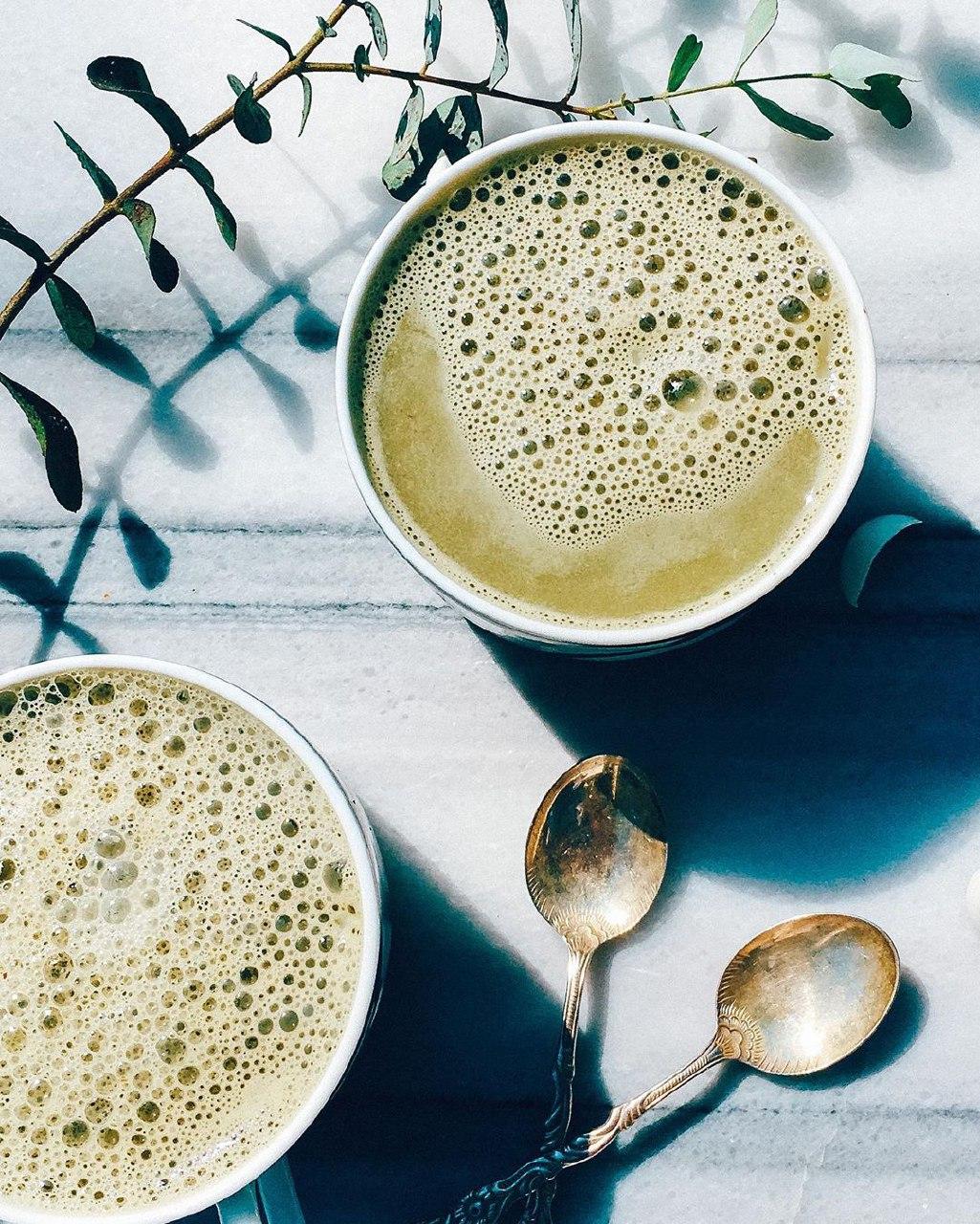
Image credit: @wondergreensblog
Matcha (抹茶) is a finely ground powdered green tea and is probably one of the most iconic Japanese products ever. Because it’s finely ground, more flavours are produced and it retains the nutrients that are usually left behind in loose-leaf teas.
The tea leaves for matcha are specially grown and processed – they are grown in the shade for around 20 days before harvest, which gives the tea leaves its rich green colour and distinctive bittersweet taste.
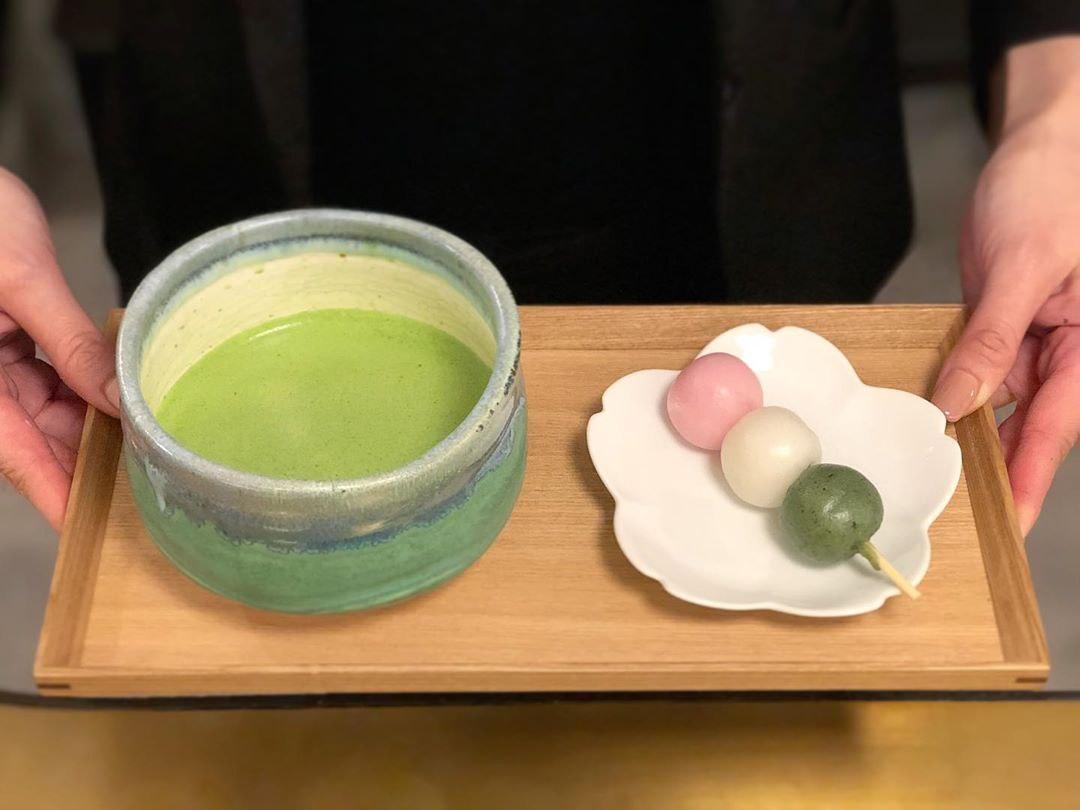
Image credit: @kansya.ocha
Caffeine and theanine are more concentrated in matcha compared to other types of tea. This gives matcha its brain-stimulating and stress-reducing properties.
There are three types of matcha grades – ceremonial, premium, and cooking grade. These grades define their usage and price points.
Matcha tea powder can be used to make two types of tea. Usucha (薄茶), or thin tea, requires smaller amounts of matcha and uses lower-grade tea. Koicha (濃茶), or thick tea, has around twice the amount of matcha in usucha. As the sweet and umami flavours are more pronounced in koicha, higher grade matcha is used.
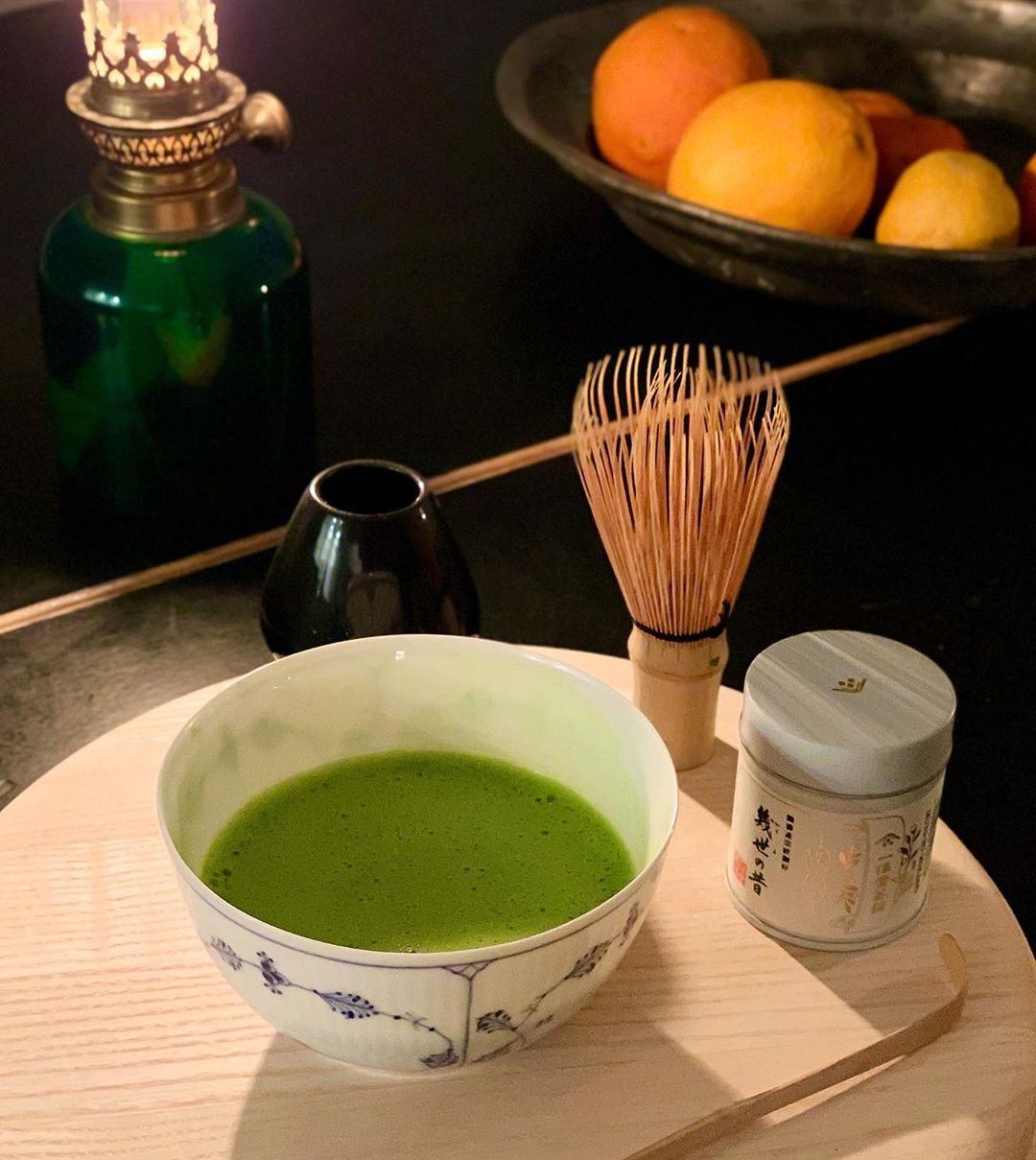
Image credit: @theearlgreystory
Matcha powder can be whisked into hot water for traditional matcha tea or into hot milk for a matcha latte. Matcha powder is also used for food, such as soba noodles, and confectionery, such as ice cream and wagashi.
To enjoy it at home, we have some simple recipes for making matcha beverages.
Usucha (thin tea):
Whisk 2g of matcha powder in a bowl with 70ml of 85℃ water until the tea is thoroughly mixed and frothy.
Koicha (thick tea):
Whisk 4g of matcha powder in a bowl with 45ml of 85℃ water until the tea is at a syrup-like consistency.
Matcha tea latte:
Mix 4g of matcha powder with a small amount of hot water to dissolve it into a thin paste. On the side, heat 200ml of milk in a pan before mixing everything in a mug. Optionally, you can froth the warm milk for added texture. For an iced version, simply add the matcha paste to cold milk and ice.
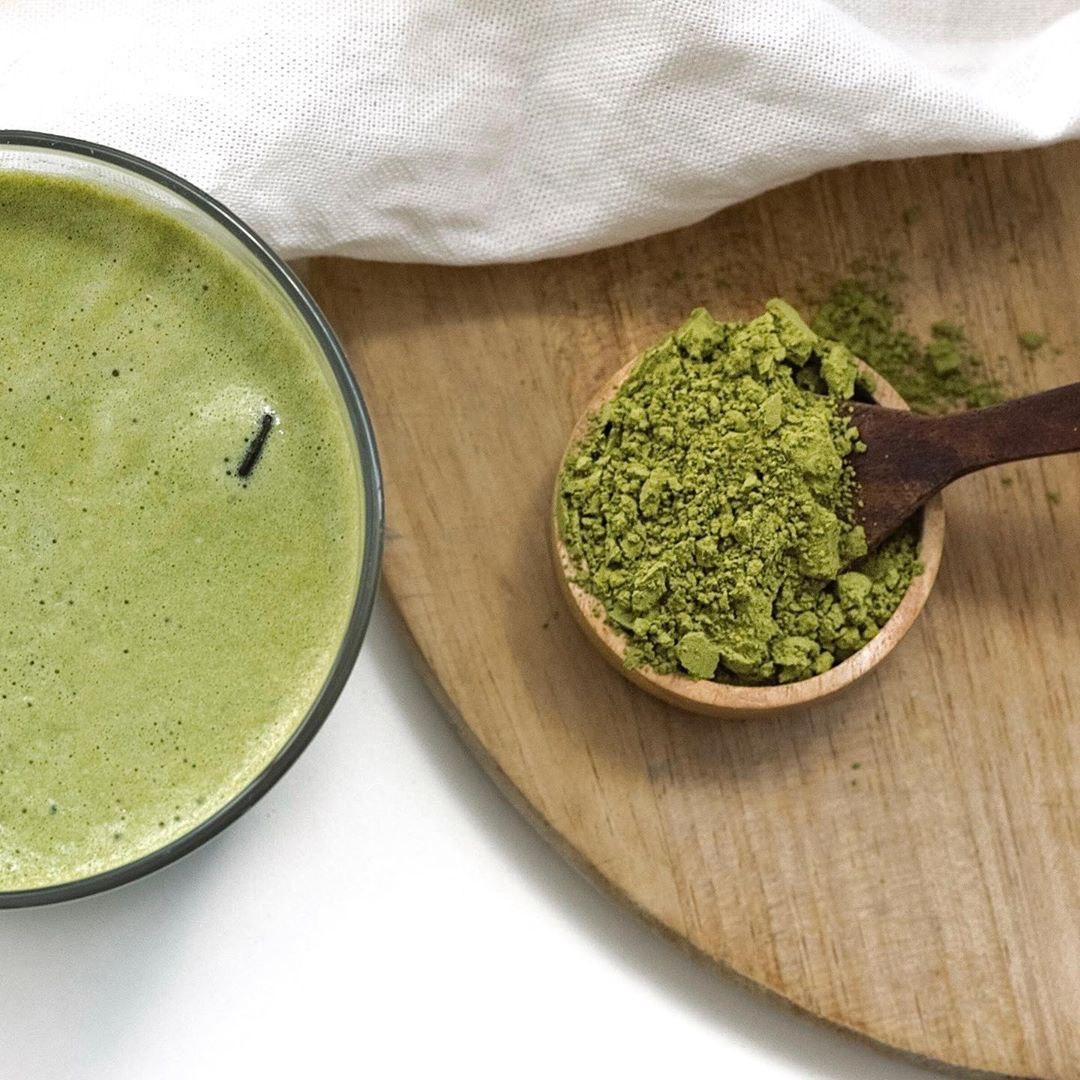
Image credit: @steph.anleu
Apart from making matcha beverages, you can also bake it with cakes and pastries. Try mixing matcha powder into yoghurt for a quick and tasty sweet treat.
Check out this video on making matcha tea:
2. Tencha (碾茶)
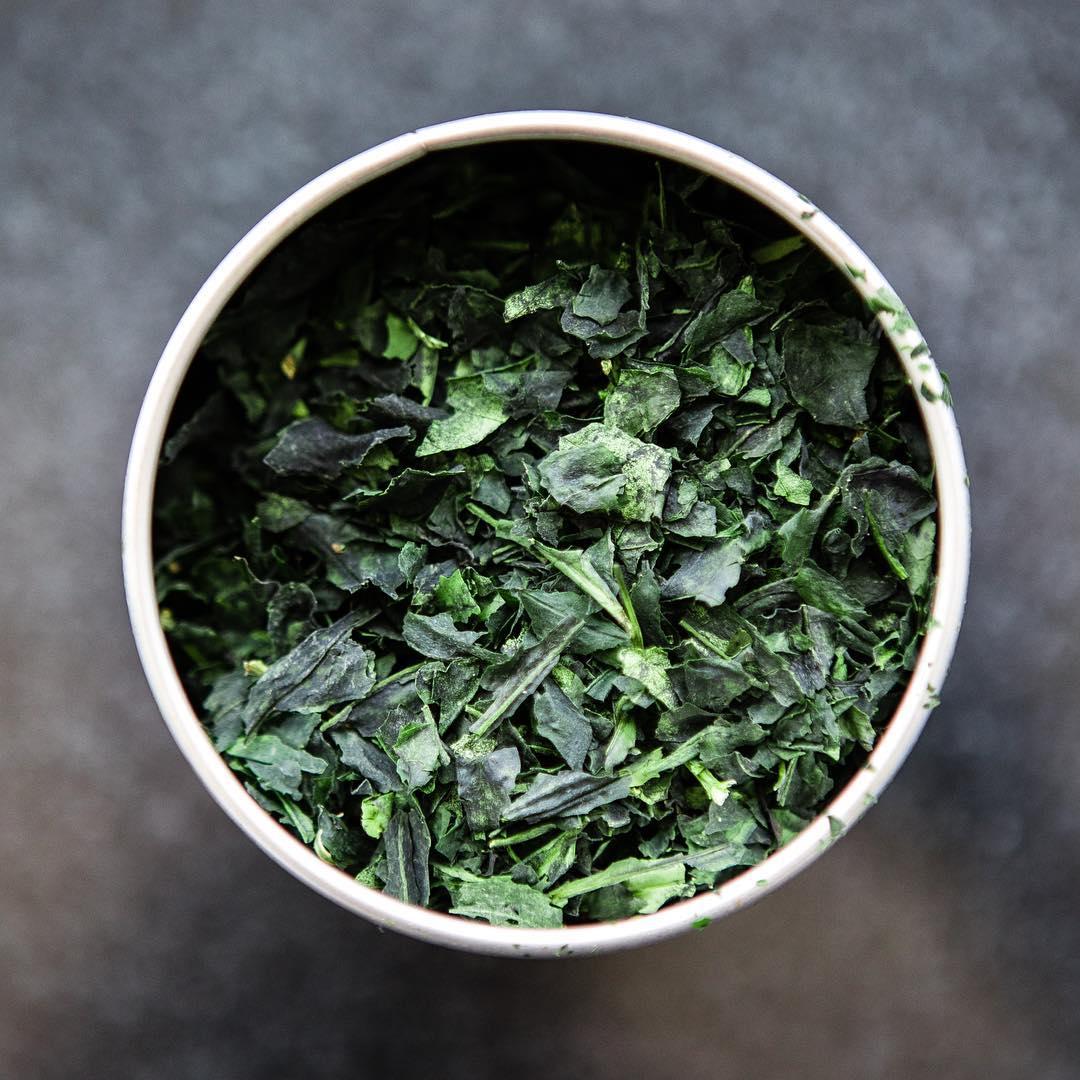
Image credit: @matchaninja
Much like matcha, tea trees are grown in the shade before harvesting to make tencha (碾茶). But unlike matcha, the tea leaves are not ground into powder.
Tencha is mellower, lighter, and more elegant-tasting than matcha. This allows for a proper tasting of the tea leaves’ characteristics and is used as an evaluation method by professionals trading tea leaves, as well as at tea competitions.
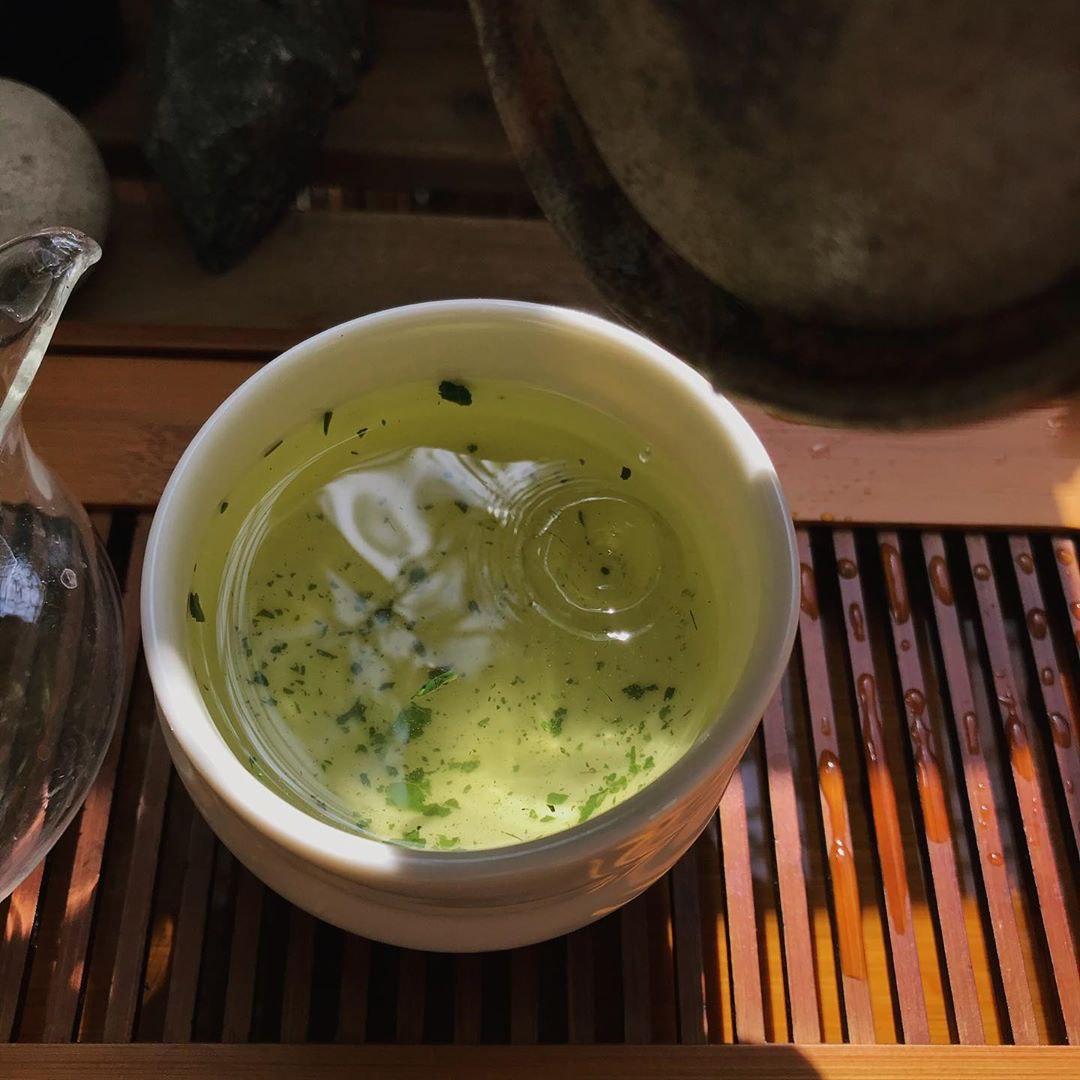
Image credit: @nyulgyikos
Tencha also keeps fresh for a longer time than matcha, which is why some enthusiasts purchase tencha and grind it into fresh powder before brewing a cup of tea. The process of grinding is methodical and requires a lot of care and attention. Grinding 40g of tencha will take around an hour, as grinding it too quickly will heat the tea leaves and cause a change in its aromatic characteristics.
A simple way to enjoy tencha is to steep 8g of tencha into 200ml of 70℃ water for 2 minutes. For an iced version, steep the tea for a longer period before pouring it into an ice-filled cup.
3. Gyokuro (玉露)
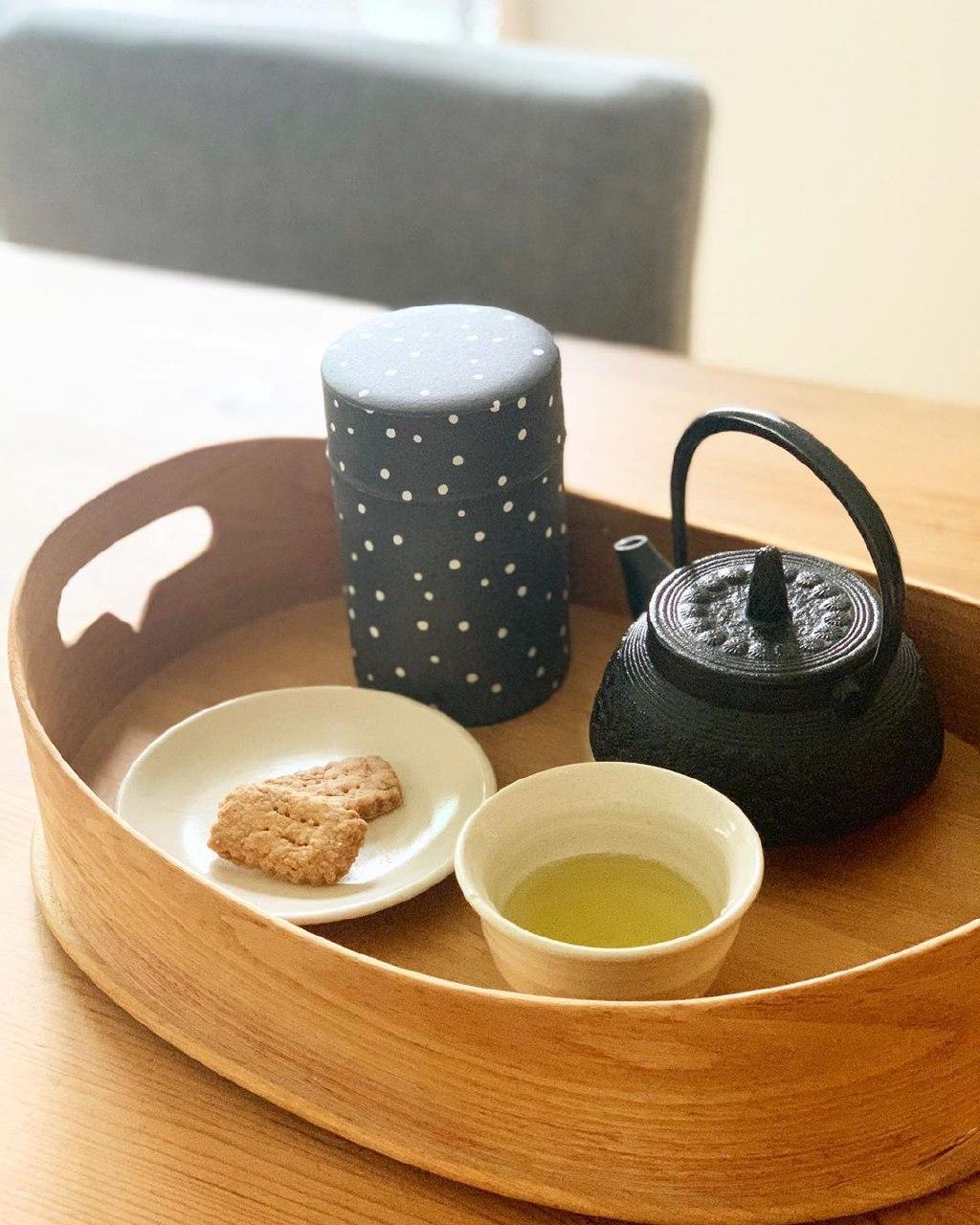
Image credit: @mariekko_178
Literally meaning “jade dew”, gyokuro (玉露) is the highest quality and most expensive form of green tea on the market.
The tea trees are grown in a shade that’s gradually increased over its growth period, giving it its stronger flavours. Extra meticulous care is given to the trees, ensuring that there are no defects to affect its quality. The leaves are usually harvested early in the year as it’s believed that the stored nutrients from winter are released in the young leaves that grow in spring.
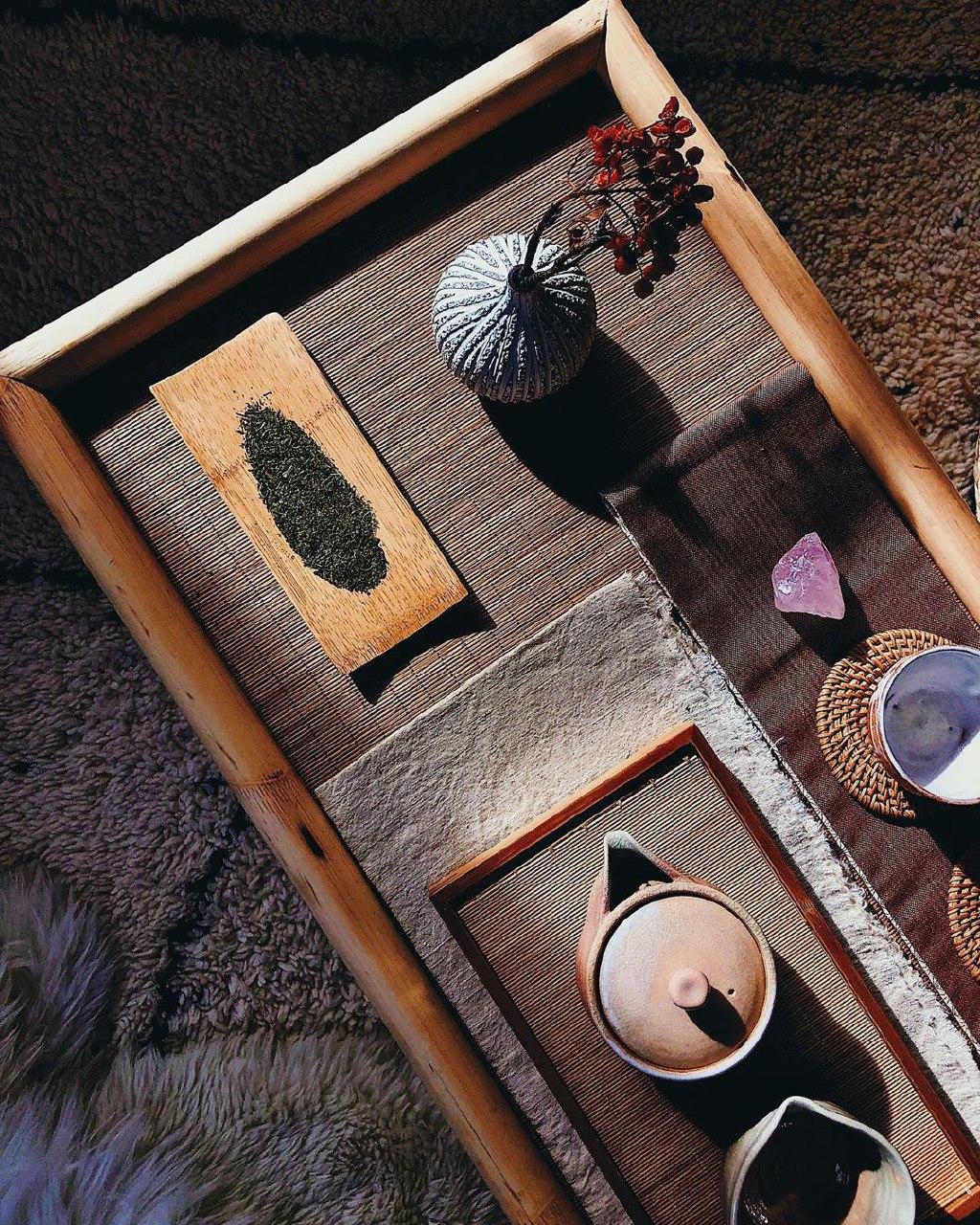
Image credit: @waotea
A recommended way to enjoy gyokuro is to steep 7-8g of tea in water that’s heated to around only 40℃ to 50℃ for 90 seconds – this will give it a strong umami flavour without losing other subtle and delicate tasting notes. Brewing it at higher temperatures gives the tea a cleaner, traditional green tea taste.
4. Sencha (煎茶)
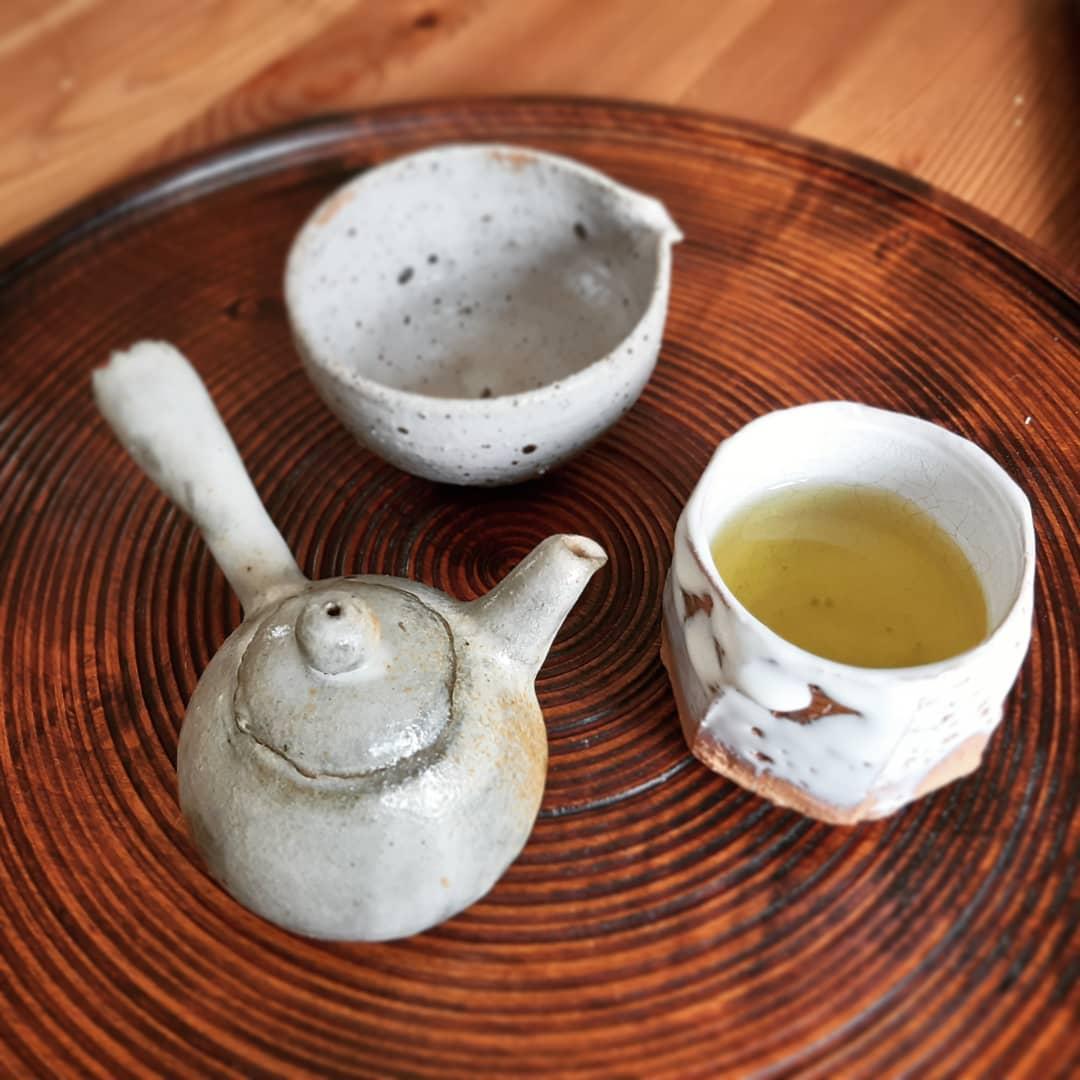
Image credit: @vacuithe
Sencha (煎茶) is the most common form of green tea in Japan – about 80 percent of the tea produced in Japan is sencha. Unlike matcha, it is grown in the sun throughout its entire growing season, which gives it a lighter taste.
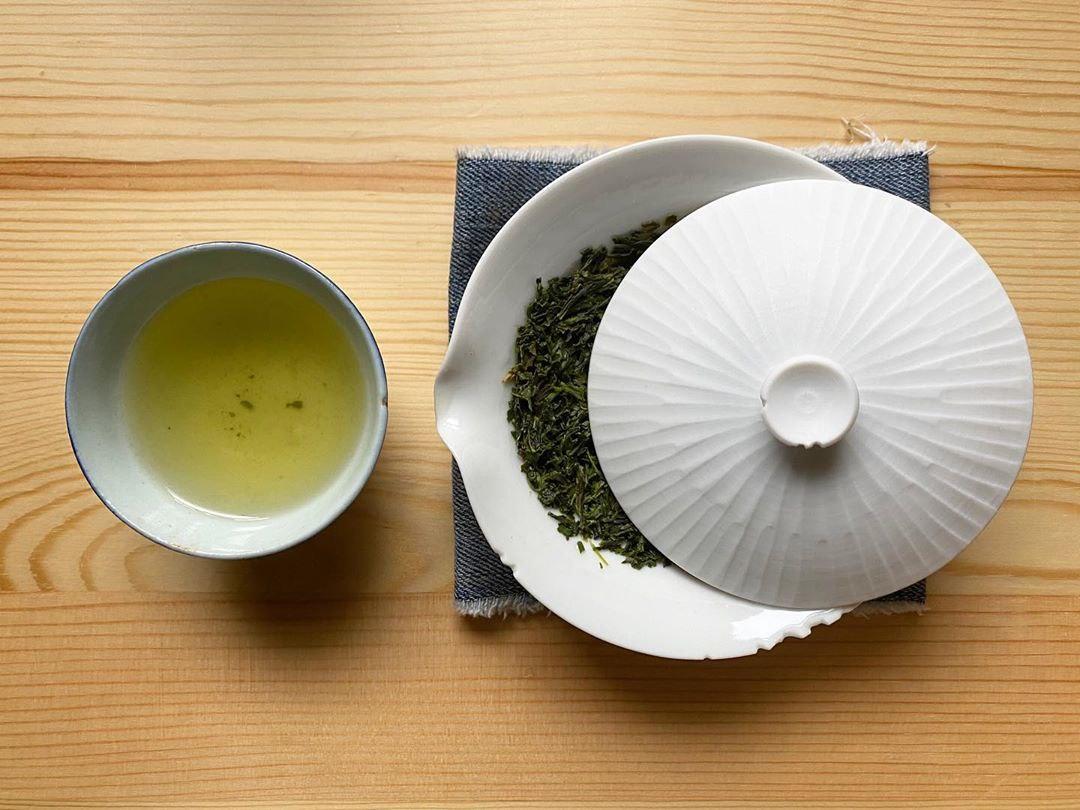
Image credit: @tsaa.ny
What sets sencha apart from Chinese green tea is in its production. While Chinese green tea is dried on a large pan after harvest, sencha is steamed to prevent oxidation before it’s rolled and dried. This gives sencha a more distinctive grassy taste, and the tea is greener than other forms of tea.
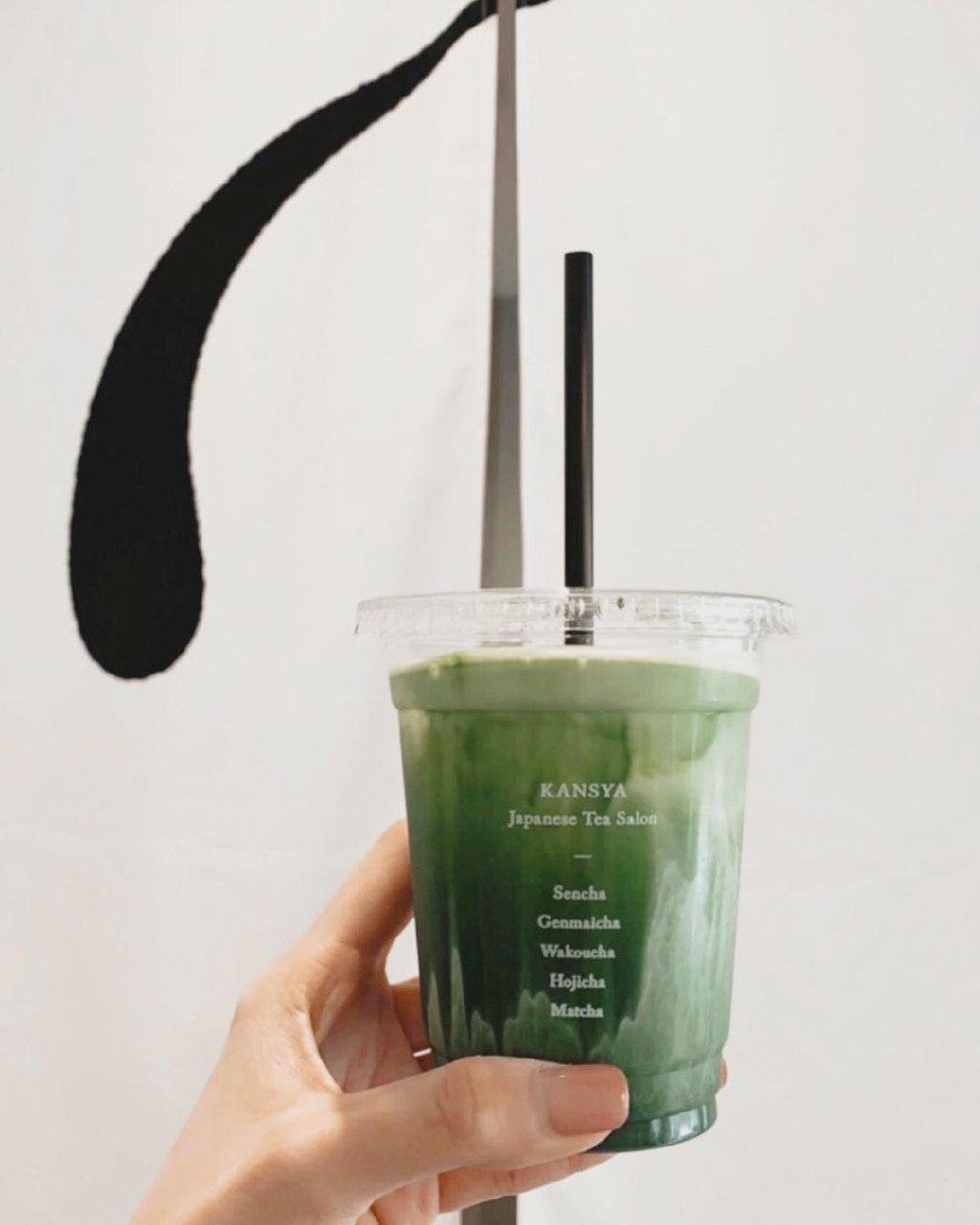
Image credit: @kansya.ocha
To prepare sencha, infuse 3-4g of tea in 65ml of water that’s heated to around 80℃ for a minute. For an iced version, steep it for an additional minute to get a stronger flavour before diluting in ice.
5. Hojicha (ほうじ茶)
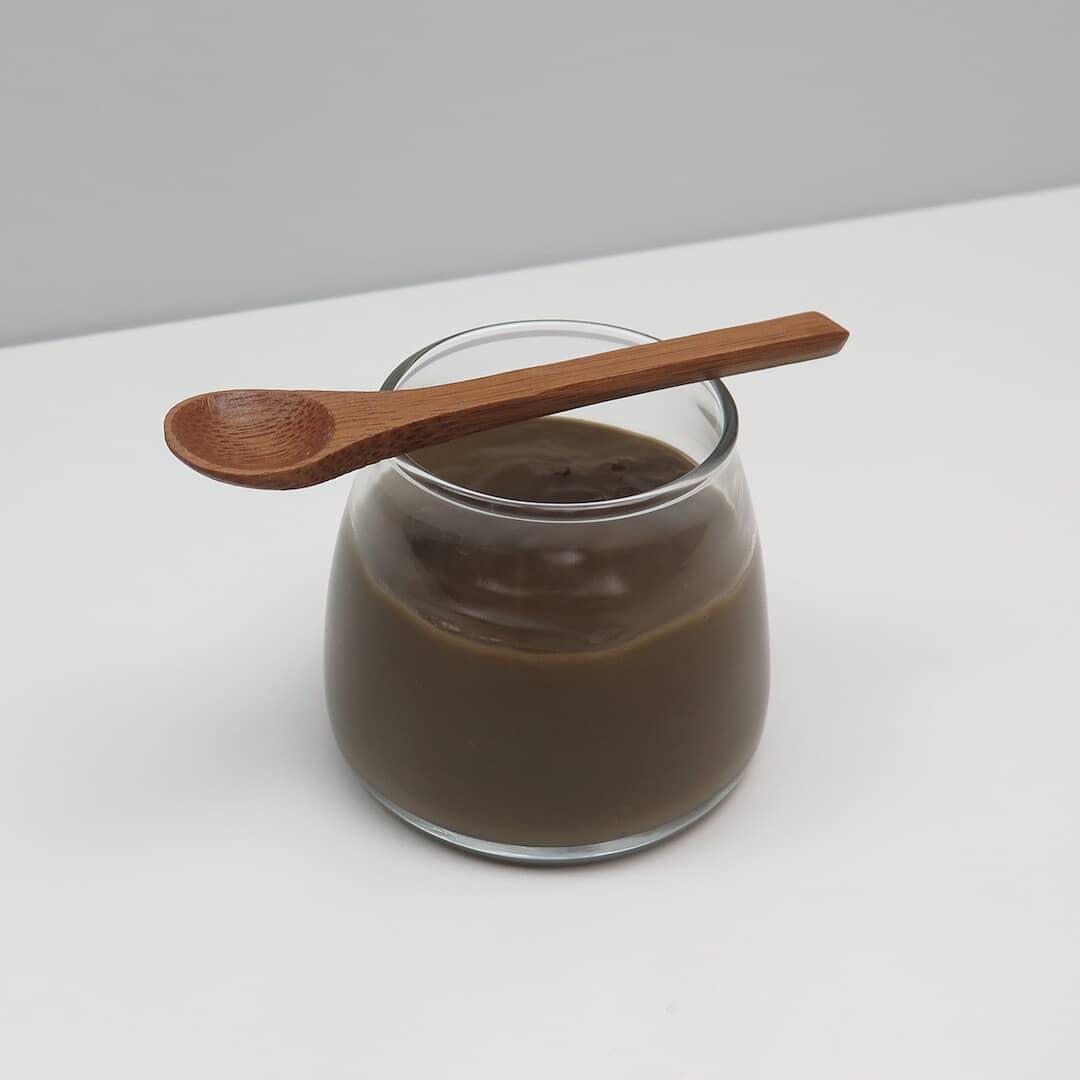
Hojicha pudding
Image credit: @hojicha.co
Hojicha (ほうじ茶) is typically made by roasting bancha, or common tea, at high temperatures. This causes the tea to turn into a reddish-brown colour. The tea leaves used in this process are generally of lower grades and are harvested later in the year.
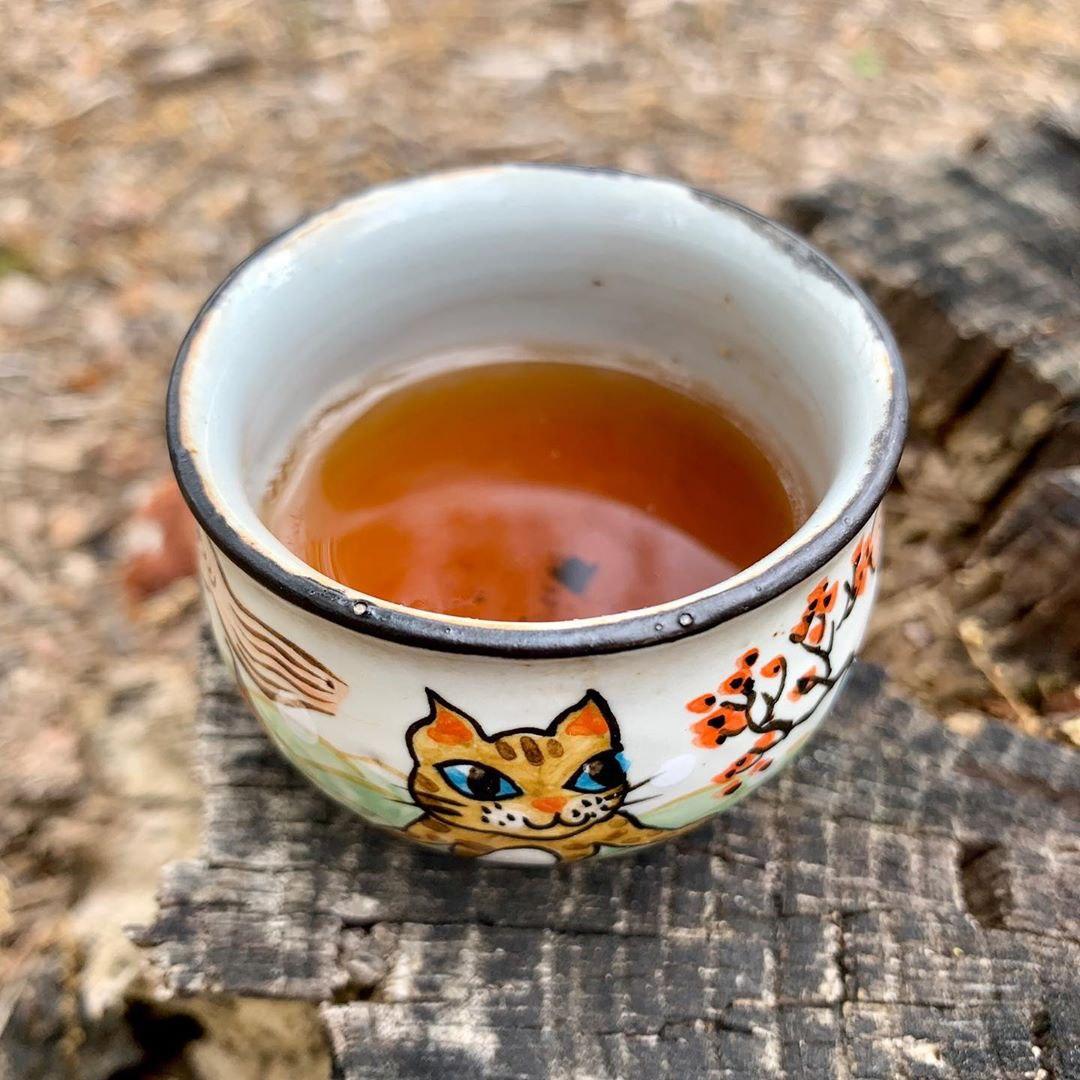
Image credit: @heichaholiday
Hojicha is noted for its toasty aroma, and despite its rich caramel colour, it’s a rather mild tea.
The roasting process causes the tea leaves to have a less astringent flavour and lower caffeine content, which makes it suitable even for children.
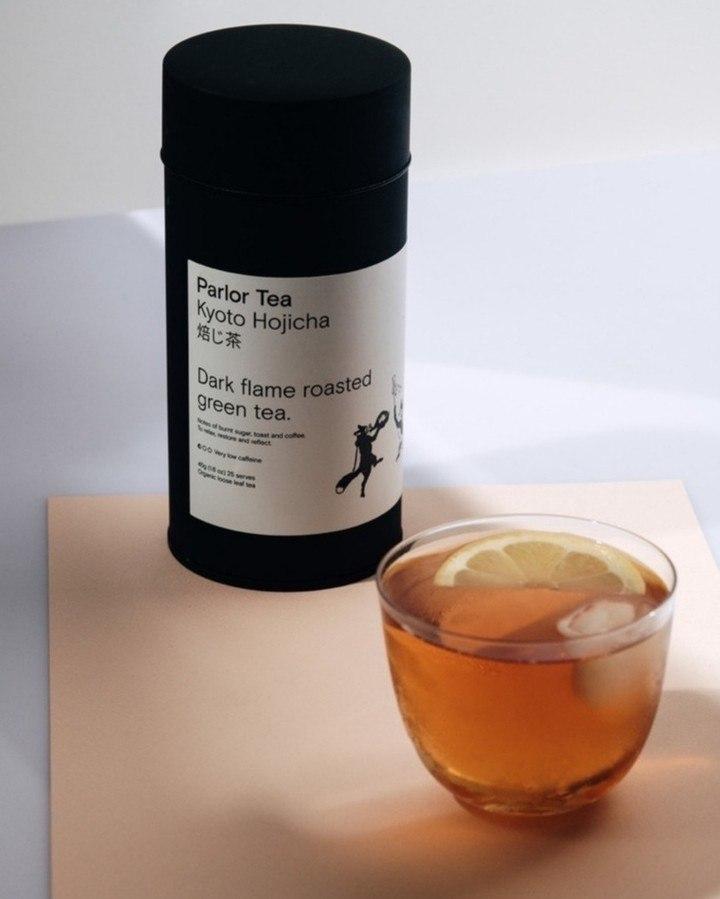
Image credit: @parlortea
To prepare hojicha, steep 8g of tea in 250ml of boiling water for 30 seconds. Also, check out this video on how to make hojicha au lait.
6. Genmaicha (玄米茶)
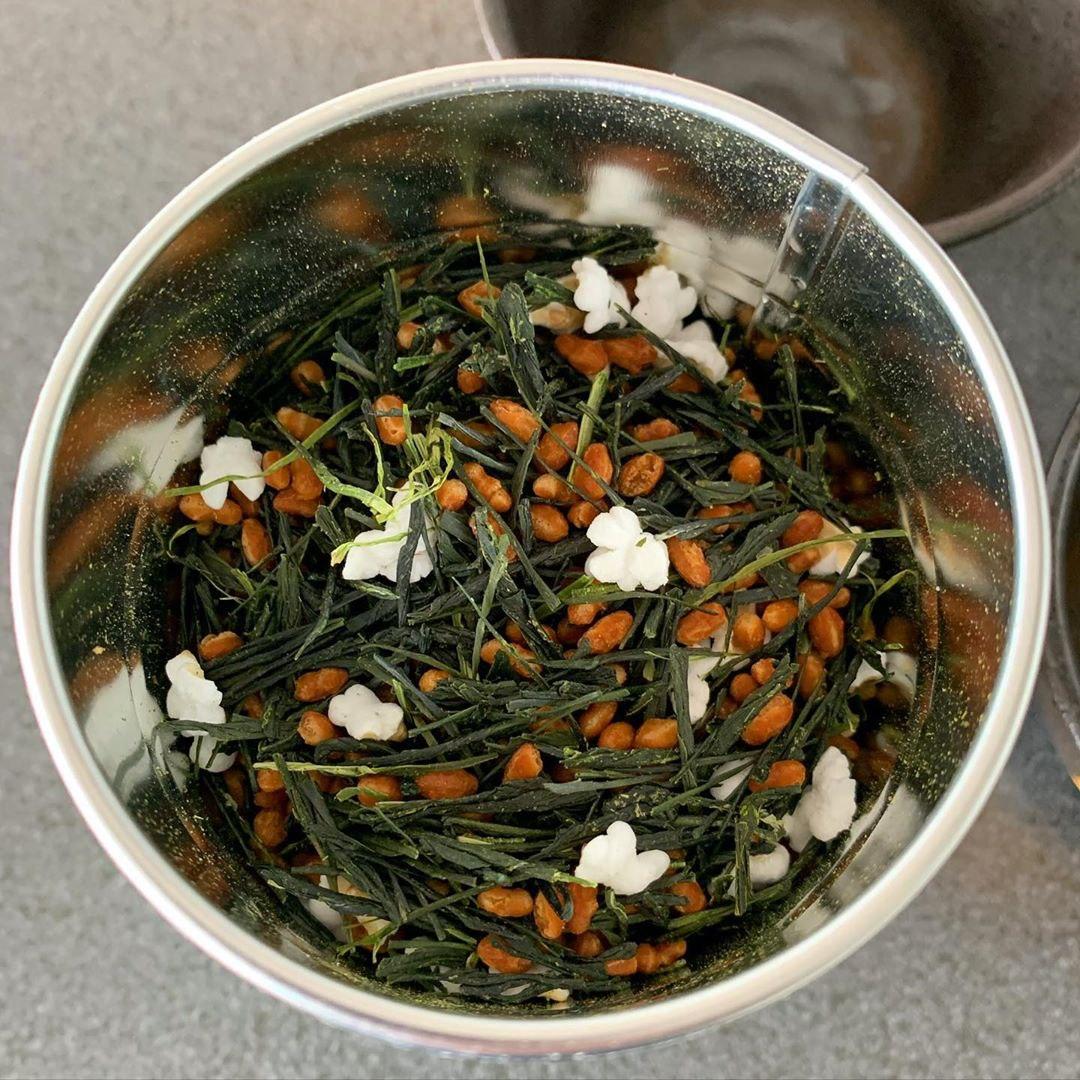
Image credit: @hanazukisan
Genmaicha (玄米茶) means brown rice tea, and it’s traditionally made by roasting a blend of bancha tea leaves and unpolished brown rice.
It has a savoury and nutty taste and has a scent reminiscent of popcorn. As it’s rather appetising, it’s usually served together with food.
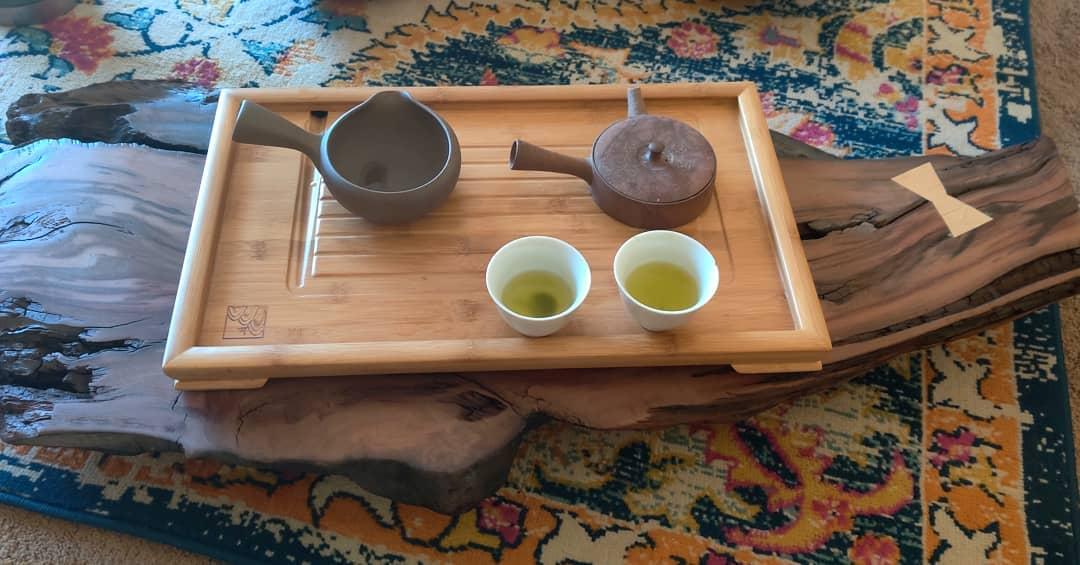
Image credit: @vinsundubz
Genmaicha can be prepared by infusing 8g of tea in 200ml of boiling water for 30 minutes.
7. Sobacha (そば茶)
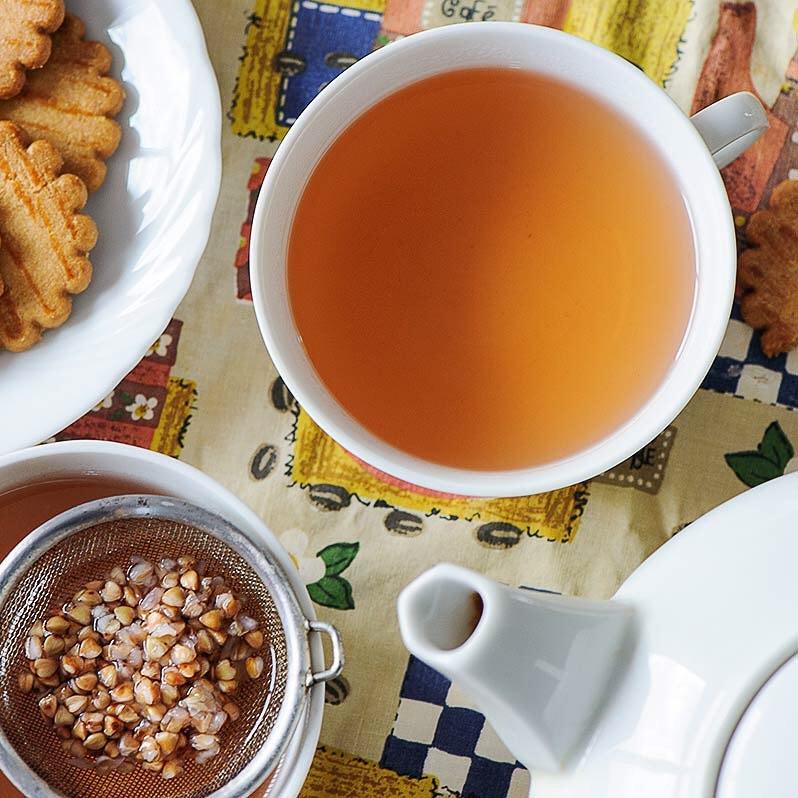
Image credit: @cuisinelouest
Sobacha (そば茶) is a tea made from roasted buckwheat (soba). It has a toasted, nutty, and earthy flavour, and is also believed to be full of antioxidants that are good for improving digestion and the immune system.
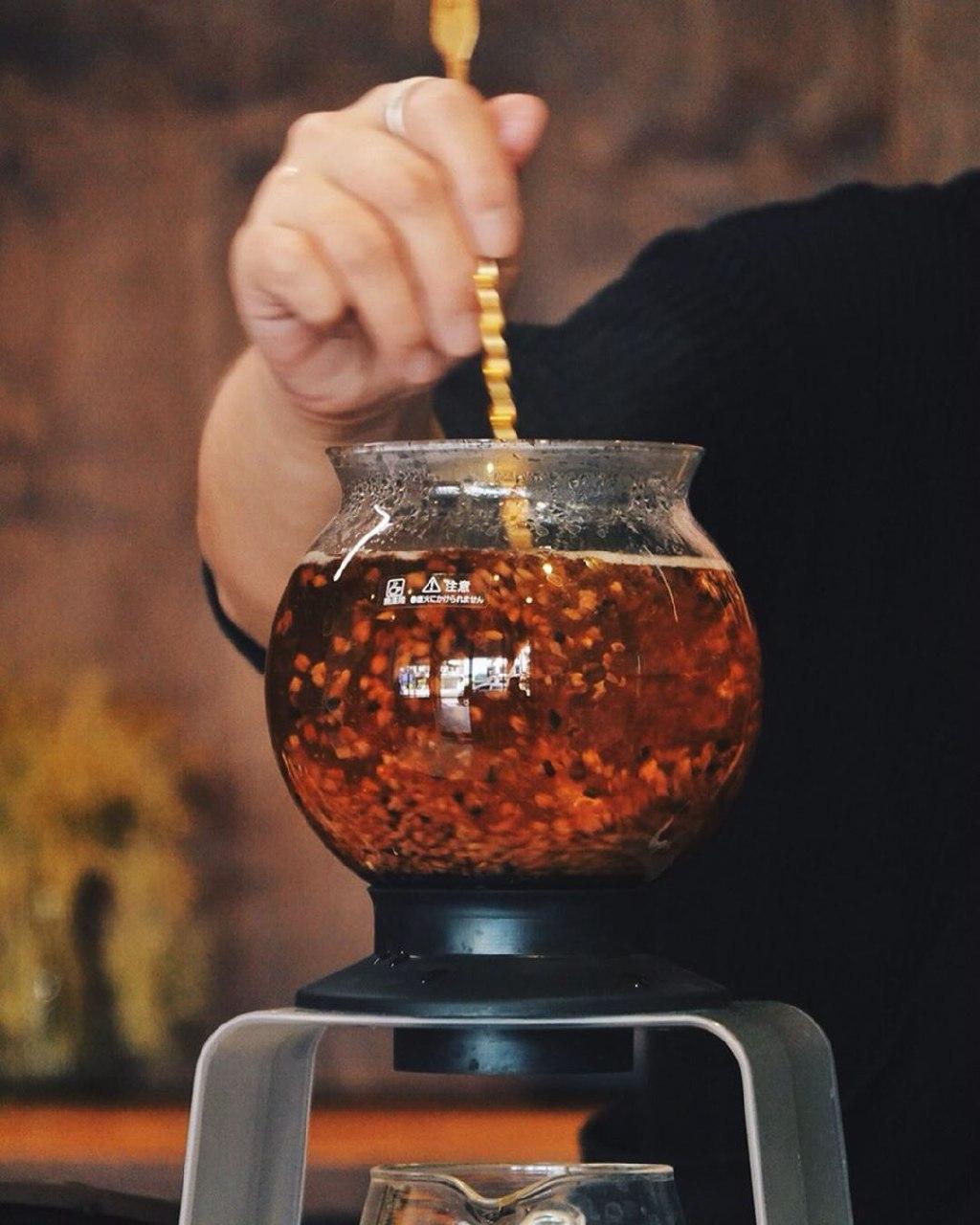
Image credit: @bante_tw
To make sobacha, pour 7g of buckwheat grains into 200ml of water that’s straight off the boil and let it sit for 60 seconds before straining the tea to serve.
8. Konbucha (昆布茶)
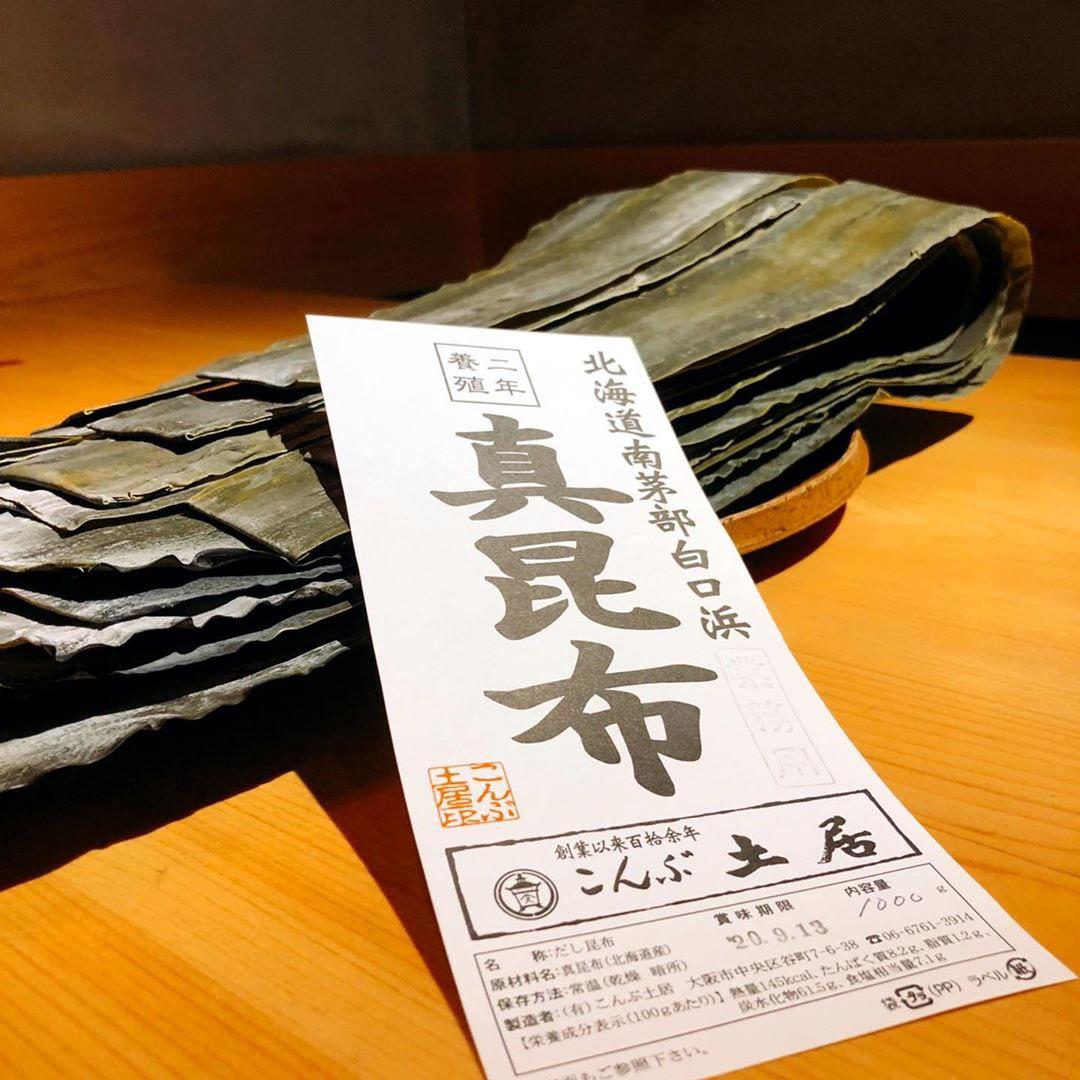
Image credit: @hachibe526
Not to be confused with Western kombucha, a fermented tea made from yeast and sugar, Japanese konbucha (昆布茶) is made with ground or sliced konbu (sea kelp). It has a savoury, salty, and broth-like flavour. It’s caffeine-free, which makes it good for an evening drink. Kelp tea also has a host of health benefits, such as aiding in digestion and weight-loss.
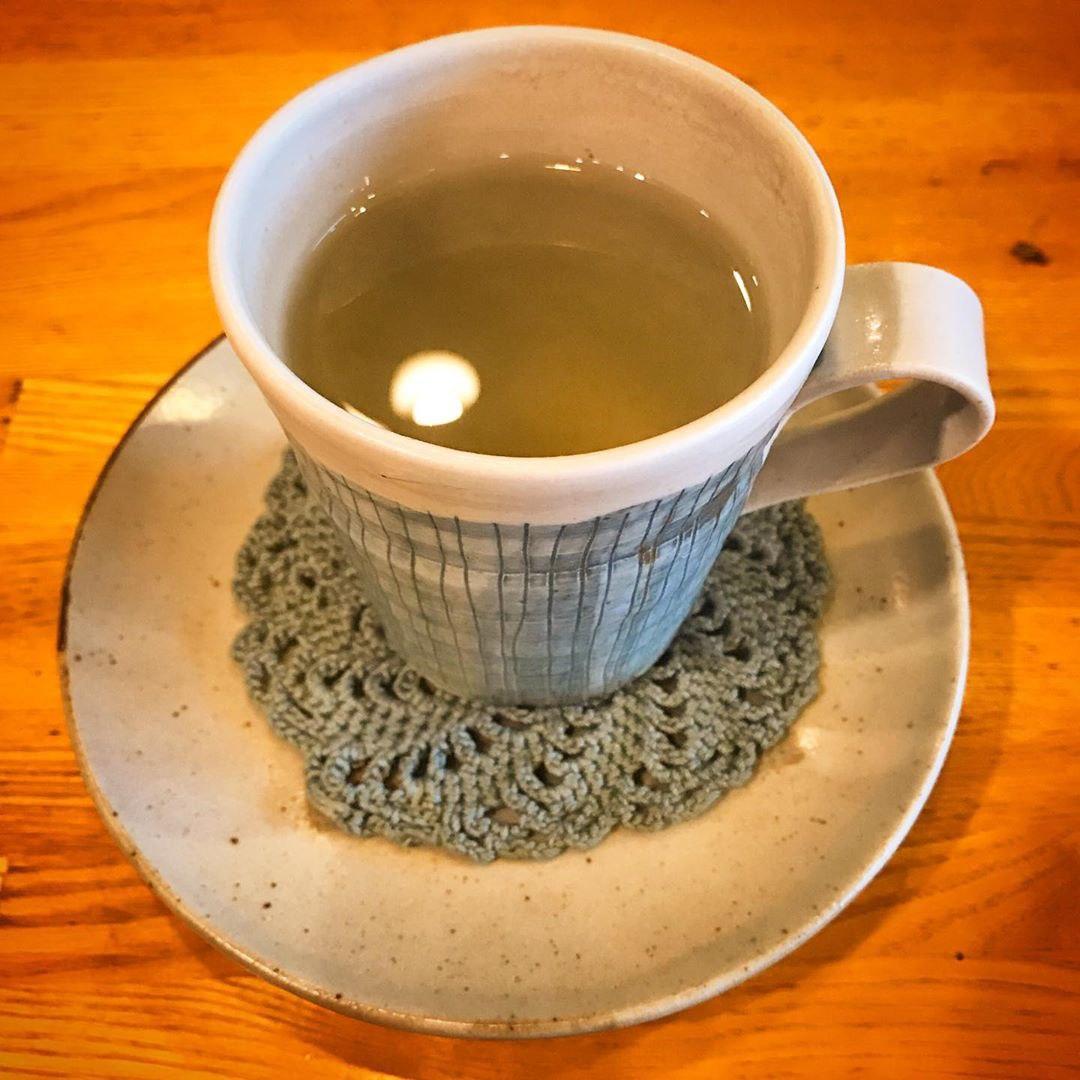
Image credit: @hanjoan
To prepare konbucha, drop a few slices of konbu into boiling water. Add in a few pieces of ume (sour plum) to further enhance the umami flavour.
9. Mugicha (麦茶)
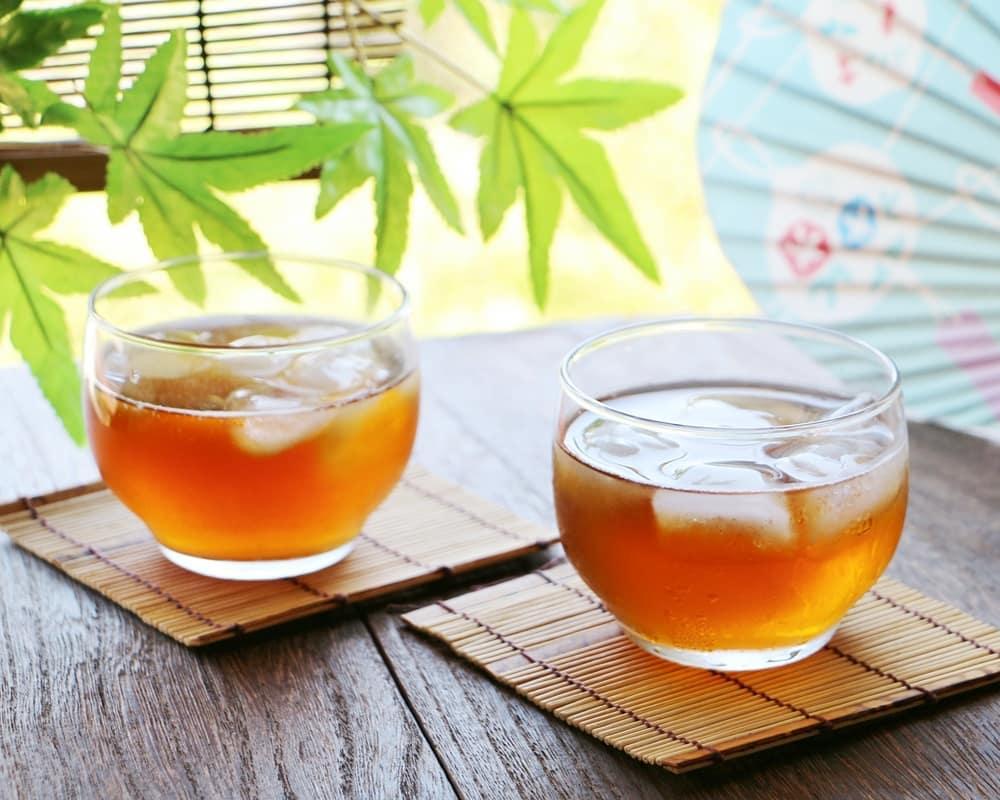
Image credit: @kawashimathejapanstore
Mugicha (麦茶) is made by infusing roasted barley in water, and it has low levels of bitterness. It does not contain caffeine, making it a good beverage choice for children.
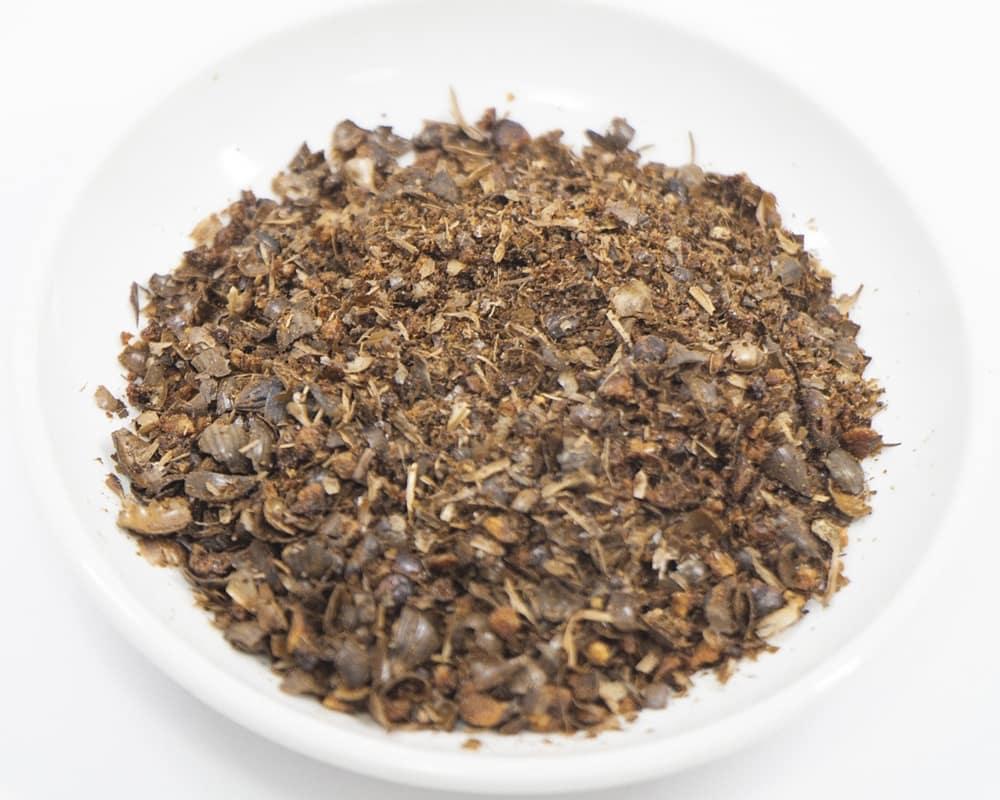
Image credit: @kawashimathejapanstore
Chilled mugicha is a popular Japanese drink during the summer. It can be sweetened with a bit of sugar.
The most popular way to prepare the tea is by infusing the grains in water that has just come off the boil for a couple of minutes, before straining the liquid. An easier way is to cold-brew it by leaving grains in a jar of filtered water in a fridge overnight. This gives the tea a lighter and more refreshing taste.
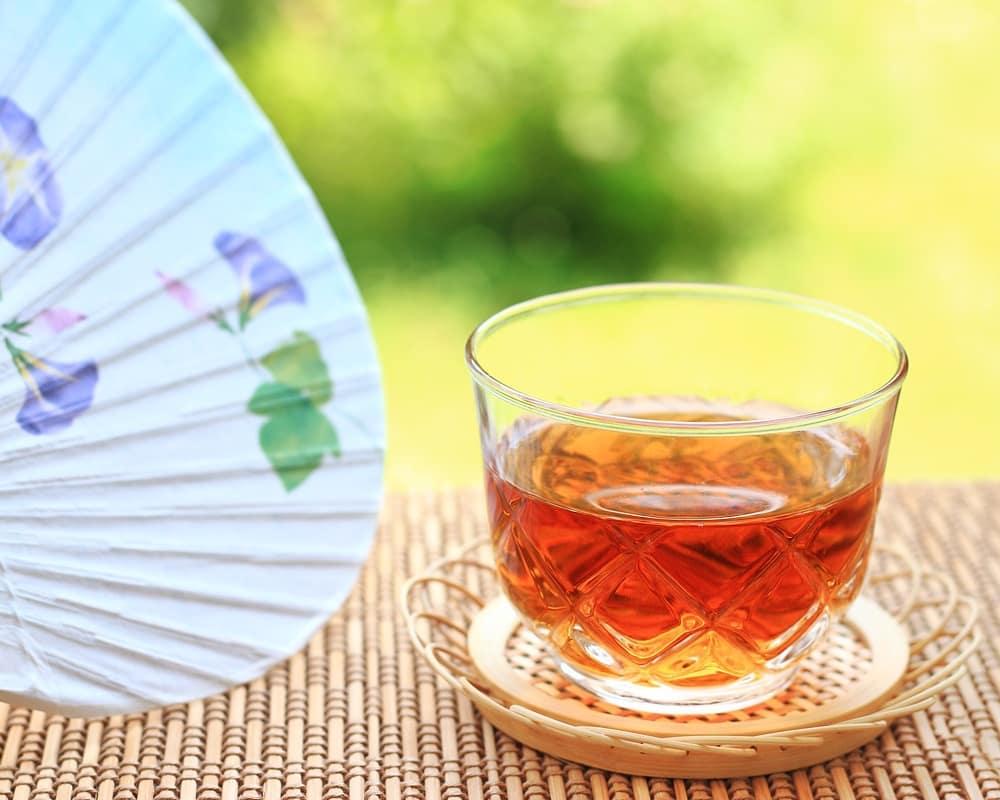
Image credit: @kawashimathejapanstore
10. Gobo-cha (ごぼう茶)
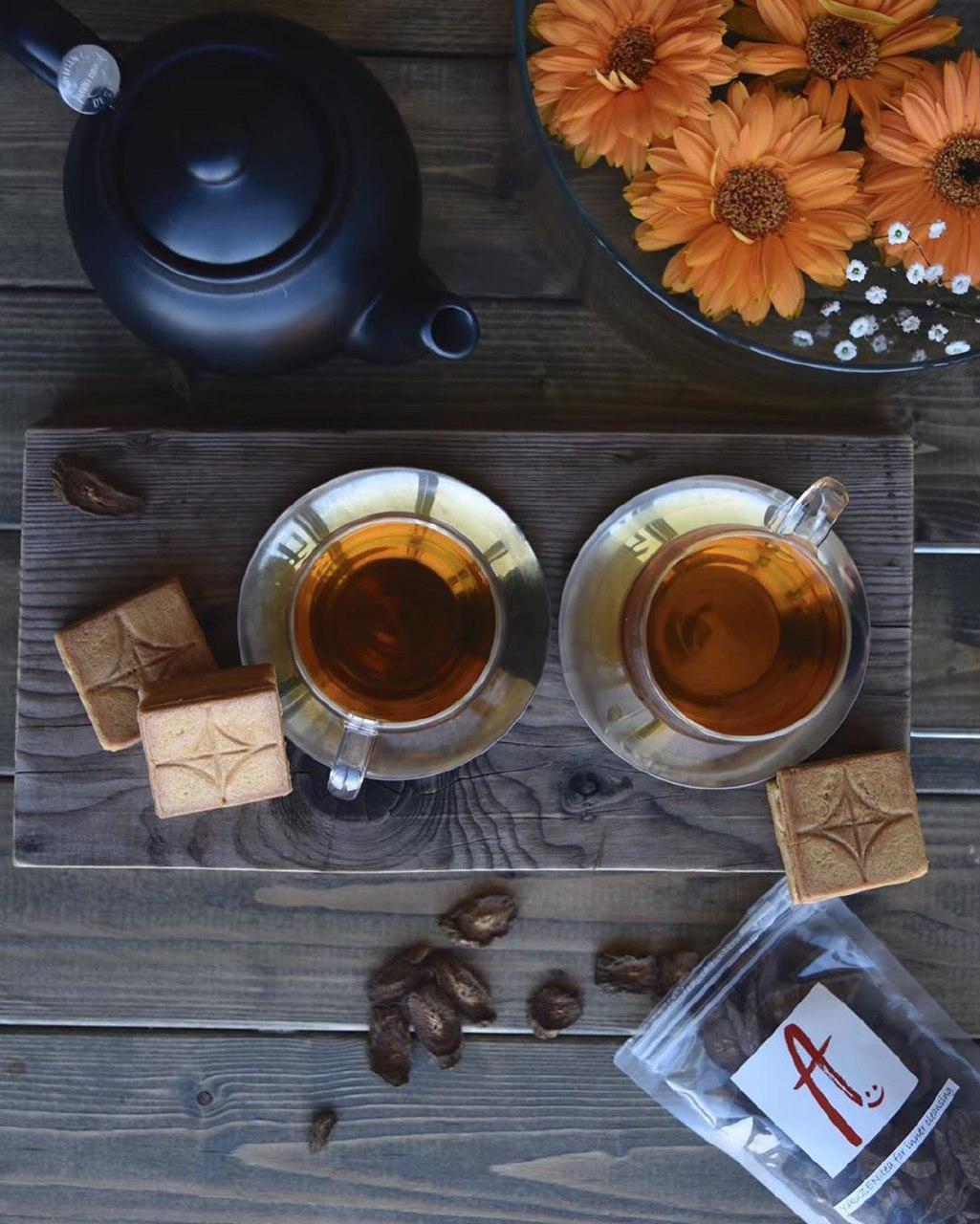
Image credit: @ayakayogafoods
Made from the shavings of the burdock (gobo) root, gobocha (ごぼう茶) is described as intensely earthy and bitter, but in a pleasant way. While burdock is typically used for cooking, the Japanese have found a way to make tea out of the plant.
Gobocha is believed to contain anti-ageing antioxidants, which has made it popular amongst the Japanese.
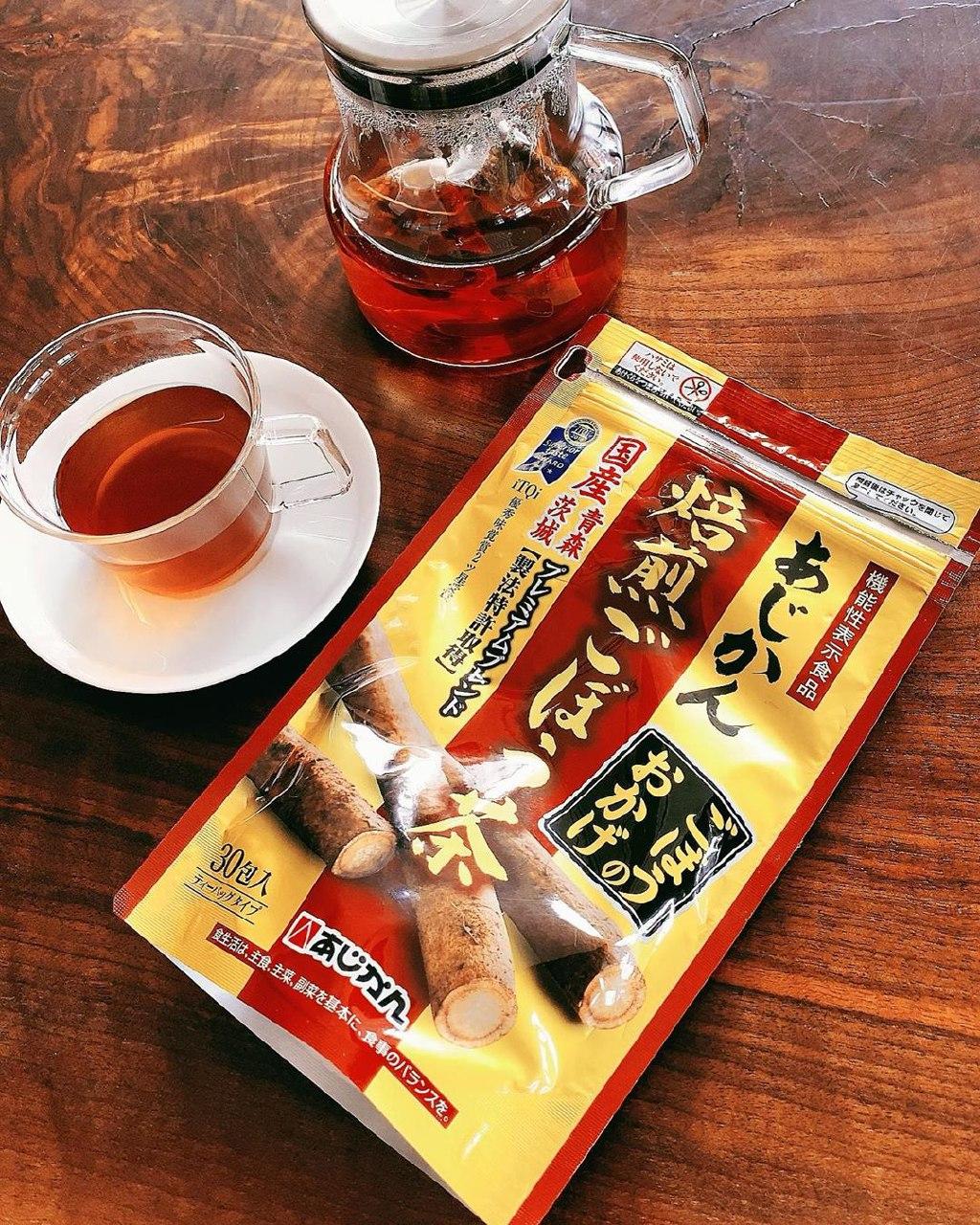
Image credit: @inochisokuji
To prepare gobocha, boil 3g of shavings in 400ml of boiling water.
11. Sakura-cha (桜茶)
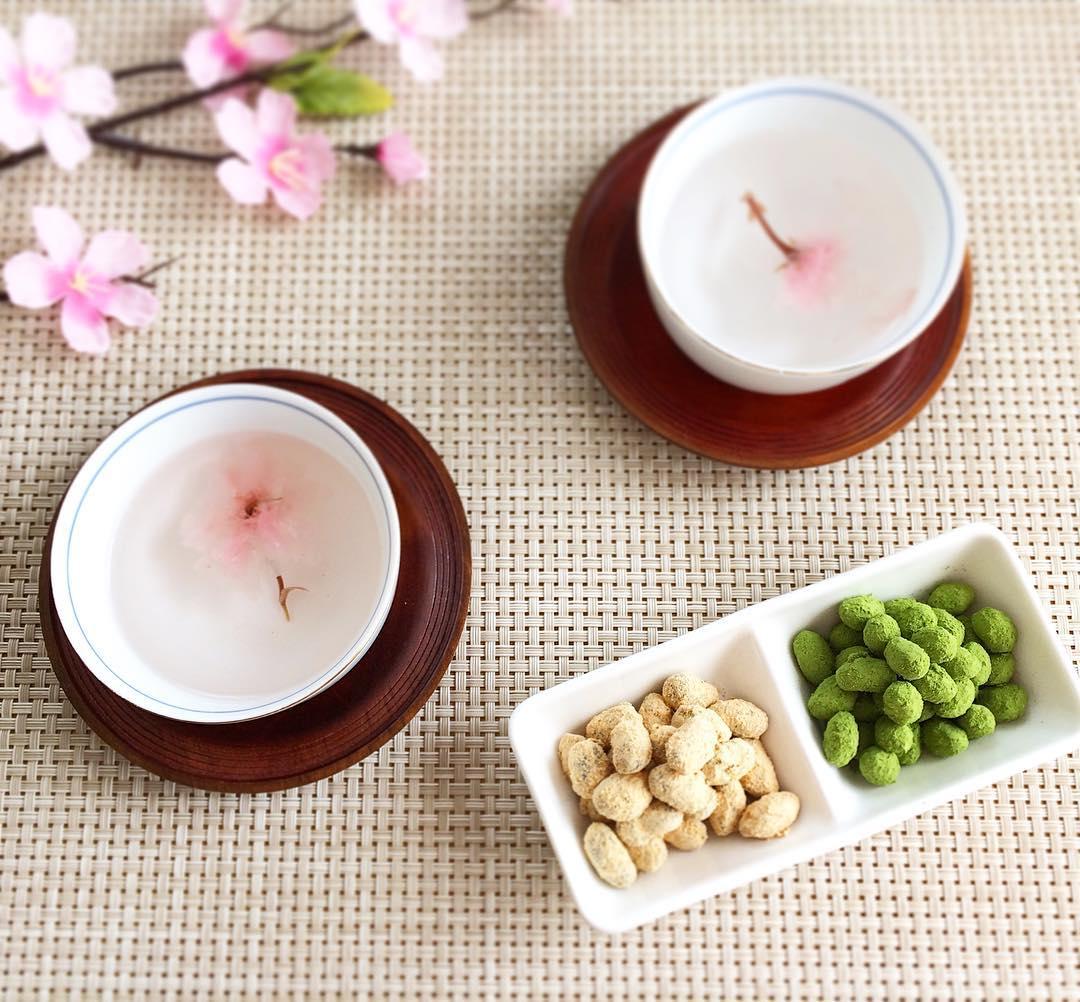
Image credit: @miricafe.mayumi
Sakura-cha (桜茶) is made with cherry blossoms pickled in salt and ume vinegar, as cherry blossoms can only be harvested once a year. Sakura tea has a faint and flowery flavour, as well as a salty taste that many first-time drinkers find odd. The tea also has undertones of plum.
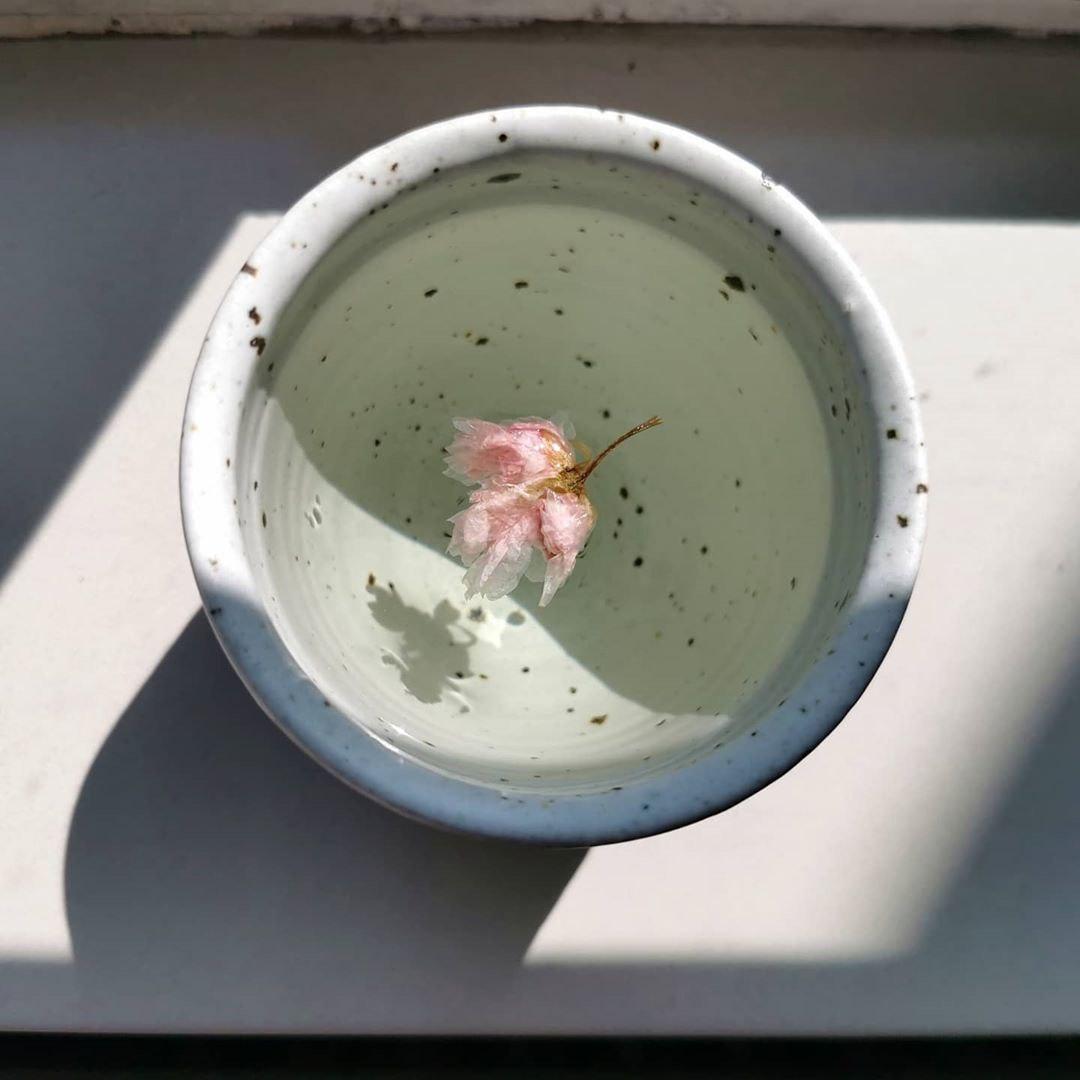
Image credit: @deliconscious
Sakura tea is typically prepared by soaking the flower in a cup filled with hot water to remove as much salt as possible, before removing the flower and infusing it in a second cup of hot water. You can adjust the strength of the tea by pouring some water from the first cup to the second.
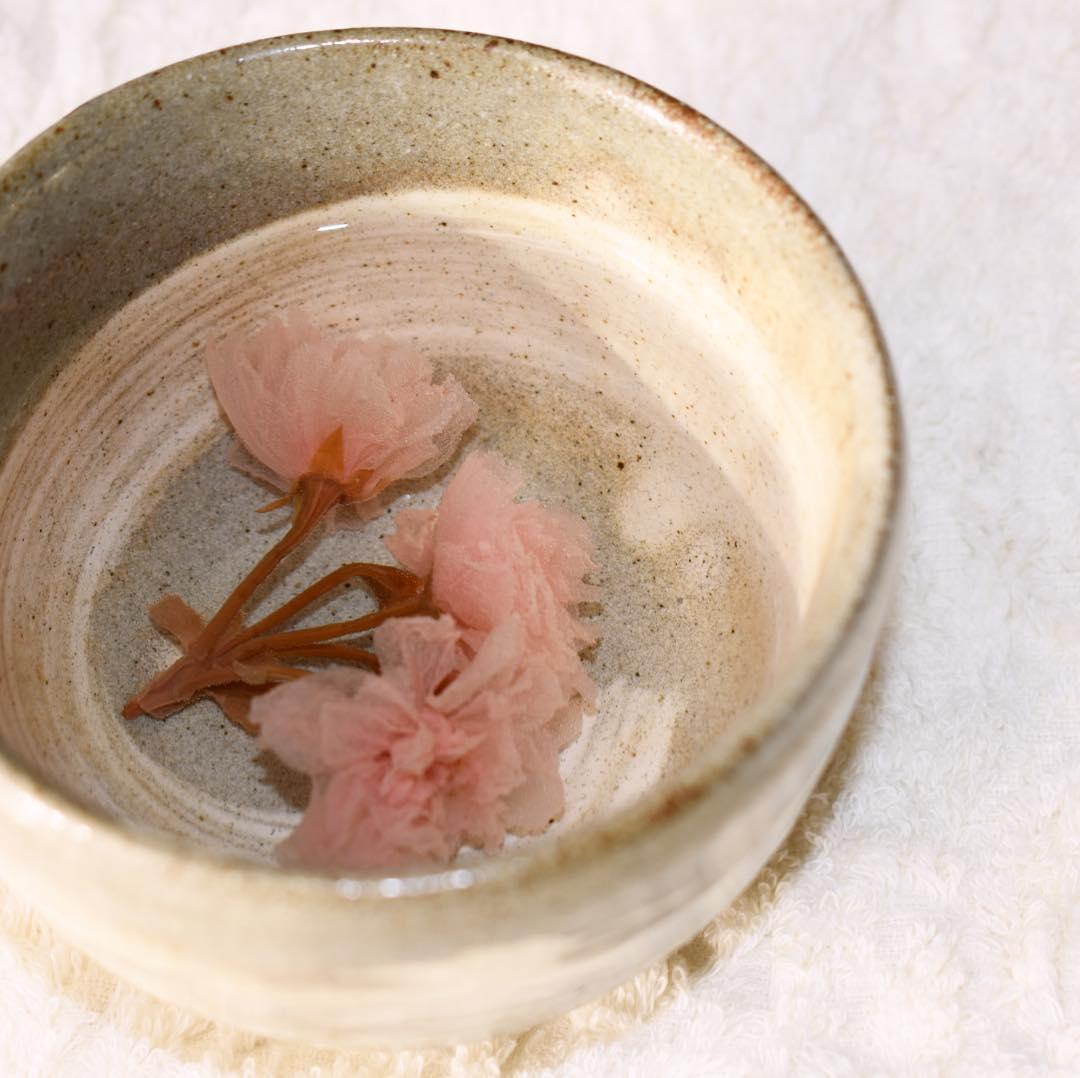
Image credit: @route_nur
Another common way is to blend the flower buds with bancha. This gives it a rounded, milky, and floral flavour.
Japanese teas
Japanese teas are not limited to sencha and matcha – we hope that you’re more interested in the variety of teas Japan has to offer. Traditional brewing aside, do share with us some creative ways to use Japanese teas!
Check out these articles for things you do at home:
- Japanese cocktails with supermarket ingredients
- Simple Japanese dishes to cook at home
- Japanese movies to watch
- Iconic Japanese anime series
- Japanese anime movies
Cover image adapted from (clockwise from top left): @bante_tw, @tsaa.ny and @na_staff_jp
